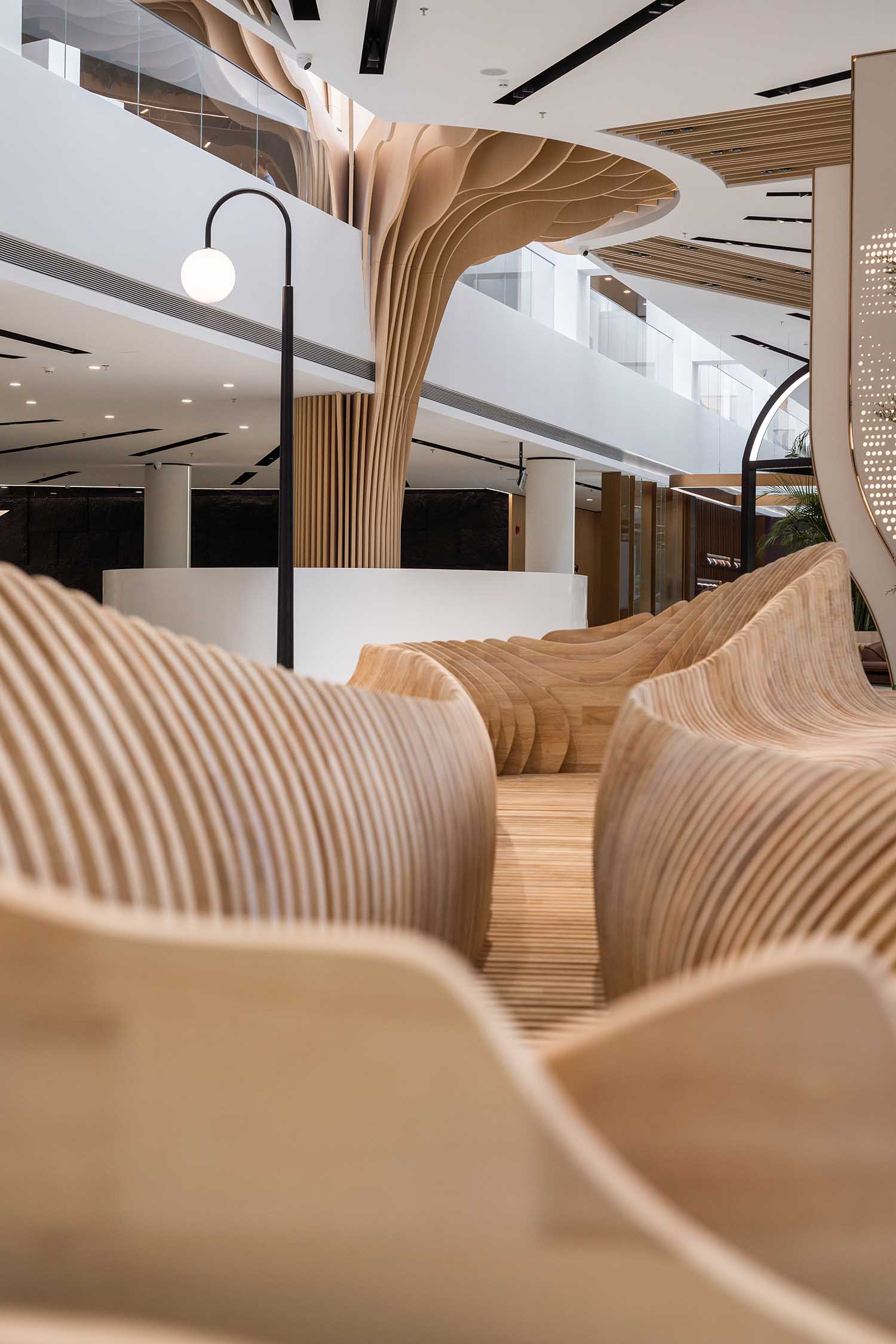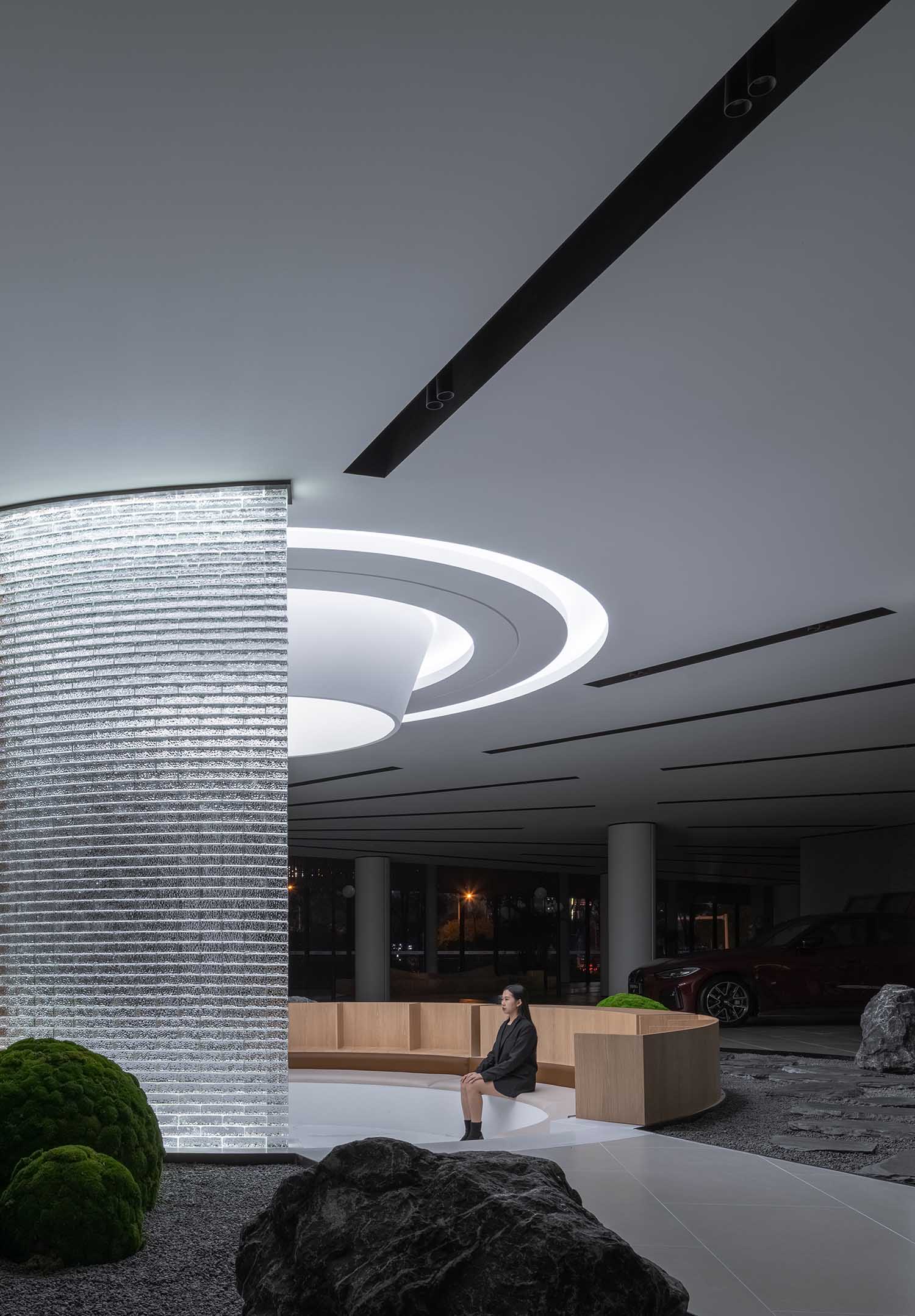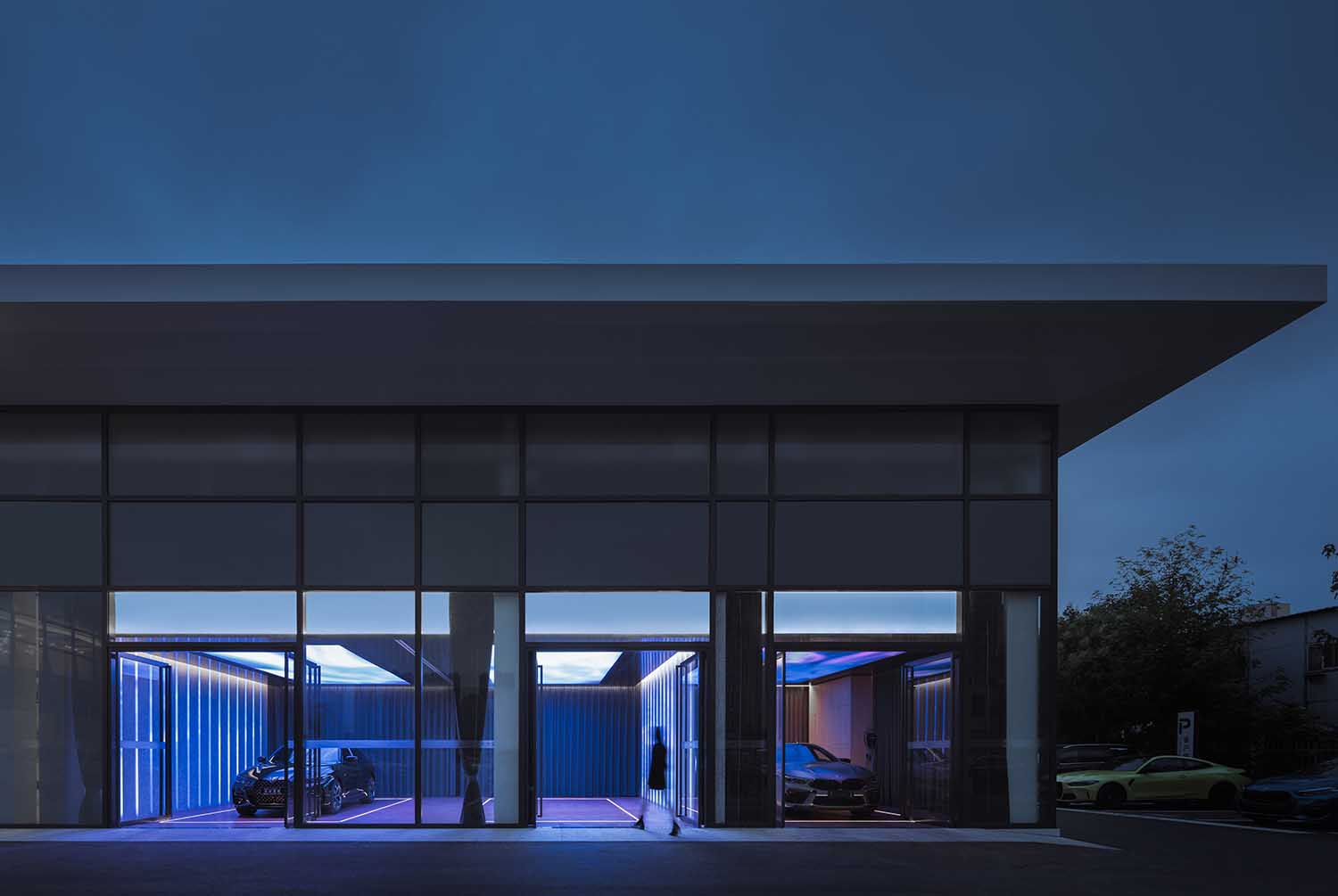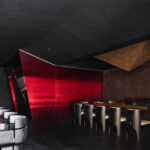
The modern era has ushered in a renaissance of personal expression intertwined with functional design, propelling customization to the forefront of architectural and interior design paradigms. This shift is more than just a fleeting trend; it reflects a deeper societal movement towards individualism and a desire for personal connection in shared and private spaces alike. Customization in design allows for a unique narrative to be woven into the fabric of a space, creating environments that resonate on a personal level while serving practical purposes. As we transition into a world where personalization is highly prized, the tools and methodologies employed in the design sphere evolve to meet the burgeoning demand for customized spaces. This exploration seeks to unearth the essence of this modern-day design revolution, delving into the symbiotic relationship between personal expression and functional design, and the technological innovations driving this trend.
Bridging Personal Expression and Functional Design
Personal expression and functional design, once considered almost antithetical, are now being seen as two sides of the same coin. The modern consumer craves spaces that are not only utilitarian but also reflective of their personal ethos, aesthetics, and lifestyle. The quintessence of this design paradigm lies in its ability to create environments that echo the inhabitants’ identities while not compromising on functionality. Customization opens up a realm of possibilities, enabling a seamless meld of aesthetic preferences with practical requirements. Whether it’s a bespoke piece of furniture, personalized lighting schemes, or tailor-made spatial layouts, customization facilitates a dialogue between the space and its occupants. The result is a living, breathing environment that adapts and resonates with the individual, promoting a sense of belonging and engagement that standard designs often fail to evoke.
Technology: The Enabler of Modern Customization
The advent of cutting-edge technologies has significantly fueled the customization trend, rendering what was once a laborious, expensive process into a more accessible and streamlined endeavor. Digital design tools, 3D printing, and advanced manufacturing techniques have democratized the design process, allowing for a higher degree of personalization at a fraction of the previous costs and time. For instance, computer-aided design (CAD) systems enable designers to visualize and tweak designs in real-time, facilitating a collaborative design process with the clients. Similarly, 3D printing allows for rapid prototyping and production of custom elements with intricate designs and specifications. Moreover, the rise of smart home technologies and integrated systems further supports the customization trend, offering endless possibilities for personalization that aligns with the functional demands of modern living. Through these technological advancements, the barriers to customization are being dismantled, paving the way for a new era of personalized design that caters to the evolving needs and desires of individuals and communities alike.

Echoing Individuality: A Look at Custom Lighting Solutions
Lighting serves as one of the most potent mediums through which a space communicates with its occupants. It has the prowess to shape perceptions, evoke emotions, and dramatically augment the aesthetics of a room. Among the myriad of lighting solutions available, neon signs have carved a distinctive niche. They offer a blend of retro charm and modern-day customization, epitomizing the essence of personal expression. A custom neon sign can serve as a visual anchor within a space, embodying personal or brand ethos in an engaging and aesthetically pleasing manner. With the advent of technology, creating a custom neon light has transitioned from a complex, prohibitive endeavor to a streamlined, accessible process. Whether it’s a catchy tagline, a brand logo, or a piece of abstract art, the scope of what can be encapsulated within a neon frame is boundless. The allure of neon lies in its capability to meld the vintage with the contemporary, providing a canvas where artistry meets functionality. The rise in demand for custom neon light solutions exemplifies the broader trend of customization in modern design, echoing the desire for personalization in not just the form, but also the ambiance of a space.
Challenges and Solutions in Customized Design
Embarking on the path of customization presents a unique set of challenges, yet with every hurdle, there lies an opportunity for innovative solutions. One of the primary challenges is the perceived high cost associated with customized design. However, technological advancements such as digital fabrication and 3D printing have significantly reduced the cost barrier, making customization more accessible. Another challenge is the time-intensive nature of customized projects. Yet, with the advent of real-time design software and faster manufacturing processes, the timeline from conception to completion has drastically shortened. Additionally, the collaborative nature of customized design may give rise to communication hurdles between designers and clients. Establishing clear channels of communication, leveraging visual representation tools, and fostering a collaborative environment are key to mitigating such challenges. Moreover, educating clients on the value and process of customization can further streamline the journey. Despite the challenges, the rewards of customized design—creating spaces that resonate on a personal level and stand the test of time—far outweigh the hurdles. Through innovative solutions and a collaborative approach, the realm of customized design continues to expand, pushing the boundaries of what’s possible in the architectural and design landscape.

The Impact of Customization on Architectural Aesthetics
Customization, at its core, is a pursuit of uniqueness and personal relevance, making a profound impact on architectural aesthetics. By allowing individuals and brands to imprint their identity onto a space, customization fosters a deeper connection between the space and its occupants. The aesthetic realm of architecture is no longer confined to the rigid templates of yesteryears; instead, it thrives on the fluidity and adaptability that customization brings to the table. Each element, from spatial layouts to finishes, can be tailor-made to resonate with the distinctive narrative of its inhabitants. This not only elevates the aesthetic appeal but also enriches the experiential aspect of architecture. Moreover, customization encourages a dialogue between architects, designers, and clients, fostering a collaborative environment where ideas flourish and morph to reflect a shared vision. The resultant architectural landscapes are thus more diverse, engaging, and reflective of the societal shift towards personalization and self-expression. The impact of customization on architectural aesthetics is a testimony to the evolving ethos of design, where individuality and functionality harmoniously coalesce to create spaces that are as unique as the fingerprints of those they shelter.
Images from Intelligent Exhibition Hall for BMW in Changsha by ARCHIHOPE – See the full story here



